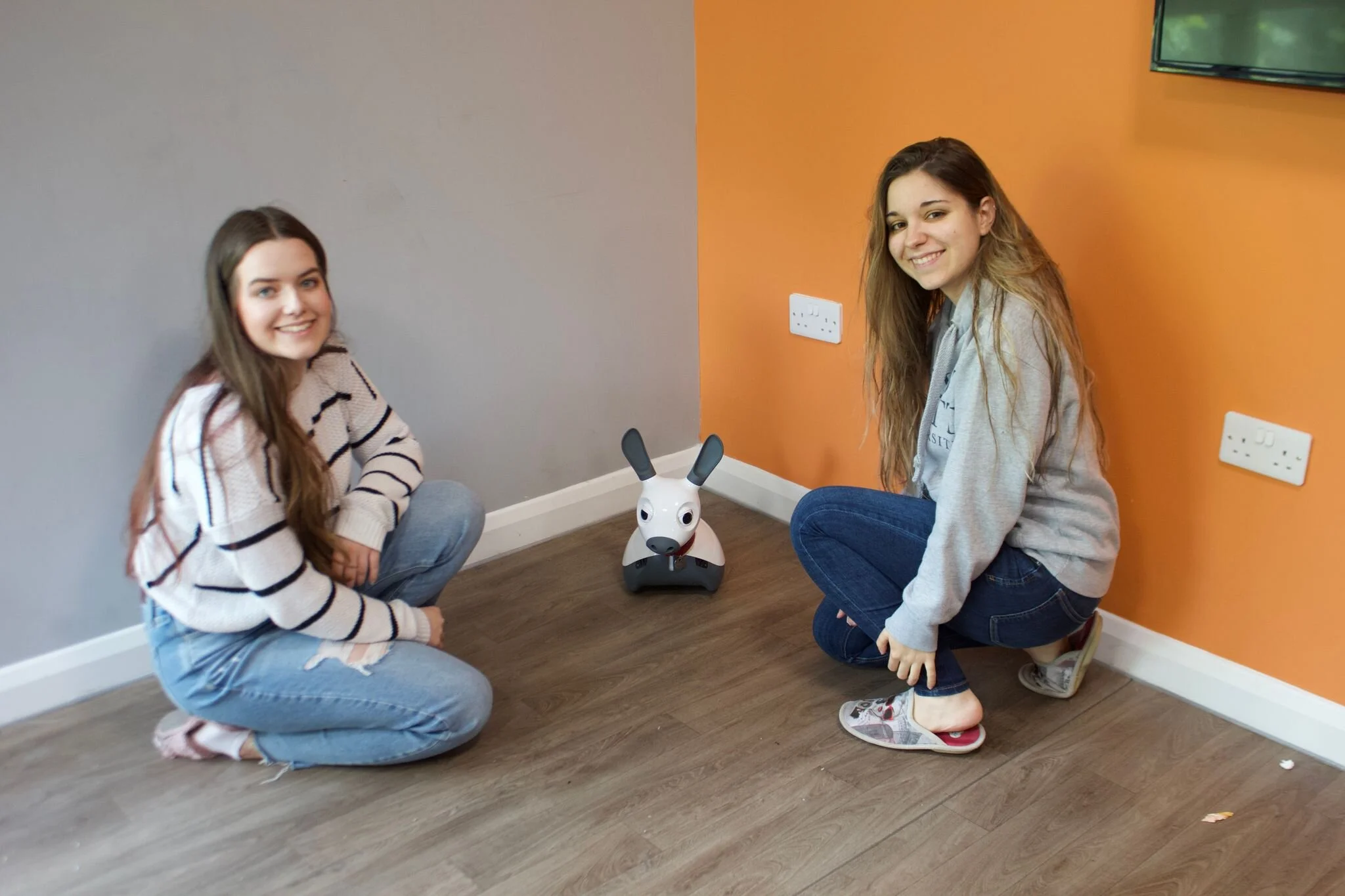We at Consequential Robotics have been extremely encouraged to learn about the UK Government’s own assessment and priorities for the needs of schools and families. Read on to learn about why coding in schools is top of mind.
Are Social Robots Effective in Robot-Assisted Interventions for Social Anxiety?
Last month, the University of Waterloo (Samira Rasouli, Garima Gupta, Elizabeth Nilsen & Kerstin Dautenhahn) published a paper on the effectiveness of social robots for clinicians and patients in Robot-Assisted Interventions for Social Anxiety. They used MiRo and a range of social robots in their study.
Can Robots Care?
Looking for a fun exhibition for the New Year? Come and visit MiRo at the prestigious Thackray Museum of Medicine! The playful ‘Can Robots care?’ exhibition offers visitors the chance to explore a range of robots designed to care for humans.
How can universities stimulate interest and learning in large classes with both in-person and remote participation?
Supporting creativity in young people
Creative skills are invaluable in every industry and in everyday life and we all share a measure of responsibility for helping young people get started. However, when the pandemic hit, the cultural sector and the creative industries suffered more than most. It decimated the National Youth Theatre’s (NYT) income, and they were unable to host in-person fundraising events to raise vital funds required to support their work. Read on to learn how MiRo helped.
How can you stimulate interest in coding?
In the future, there will be a demand for more and more Artificial Intelligence [AI] coding to run our cities and the devices we use in our home for housework, security, homeworking and entertainment. Staring at a screen looking at line after line of code appeals to some more than others so how can you stimulate yours or your pupils' interest in coding?
Can Robots Support Social Distancing within the Home?
Engineering a brain for MiRo - Part 2
What does a model of a brain actually look like? The answer is that they come in many, many forms. For example, some scientific groups work at a very detailed level, trying to understand how individual neurons, or groups of neurons, work to perform the functions that form the building blocks of behaviour.








